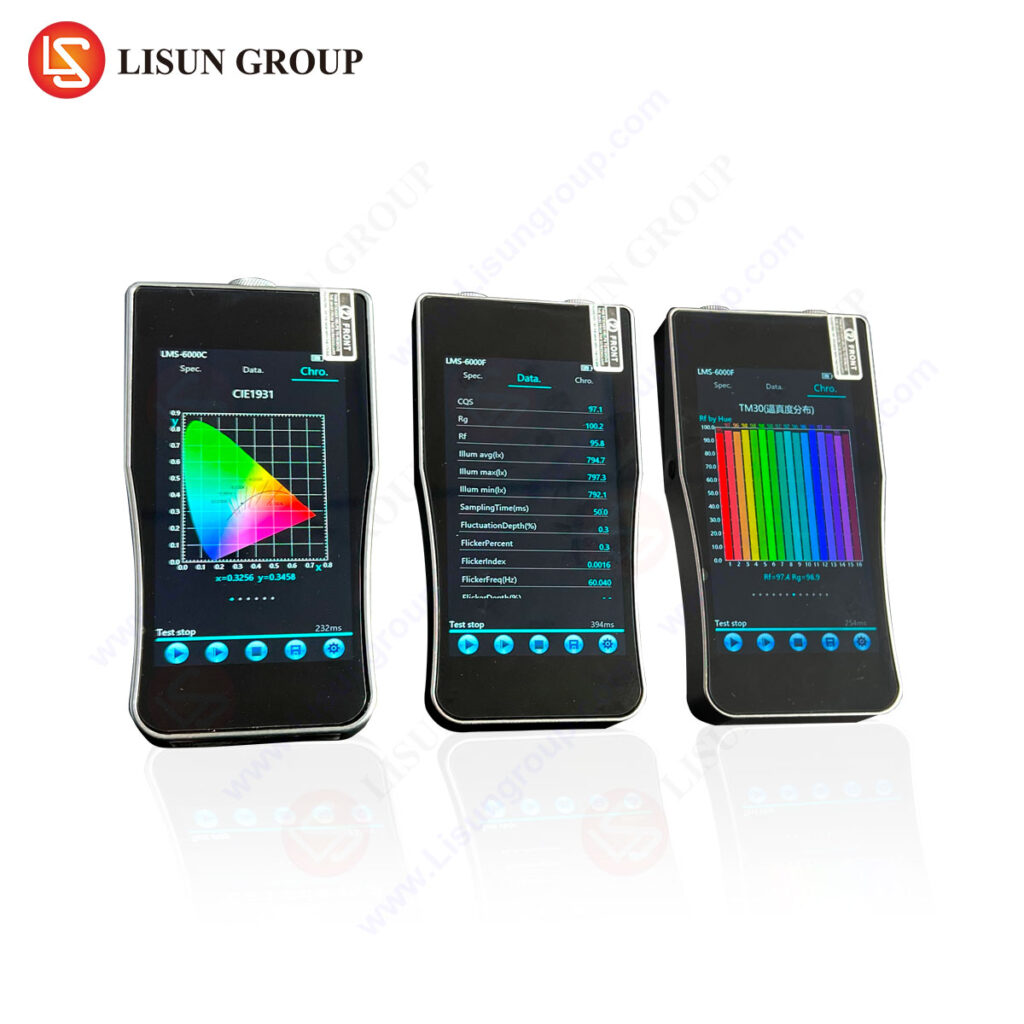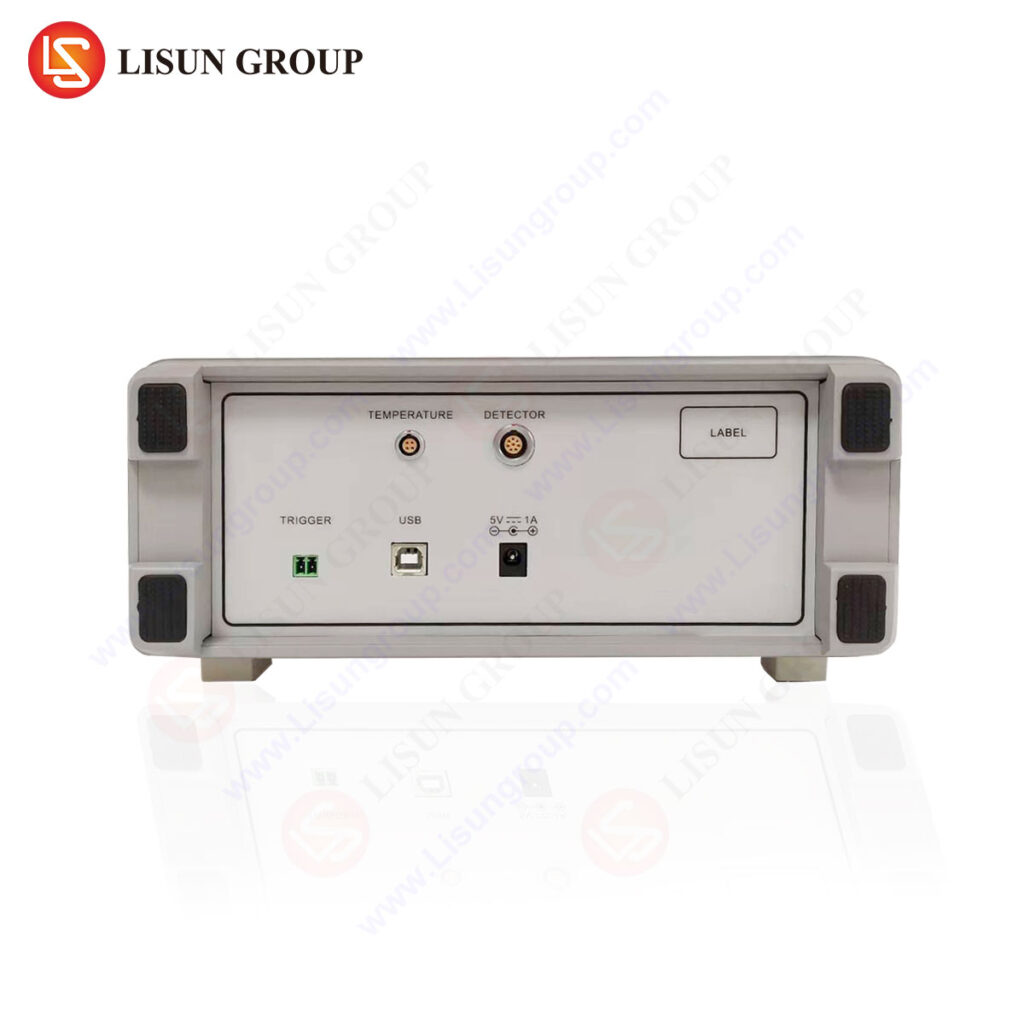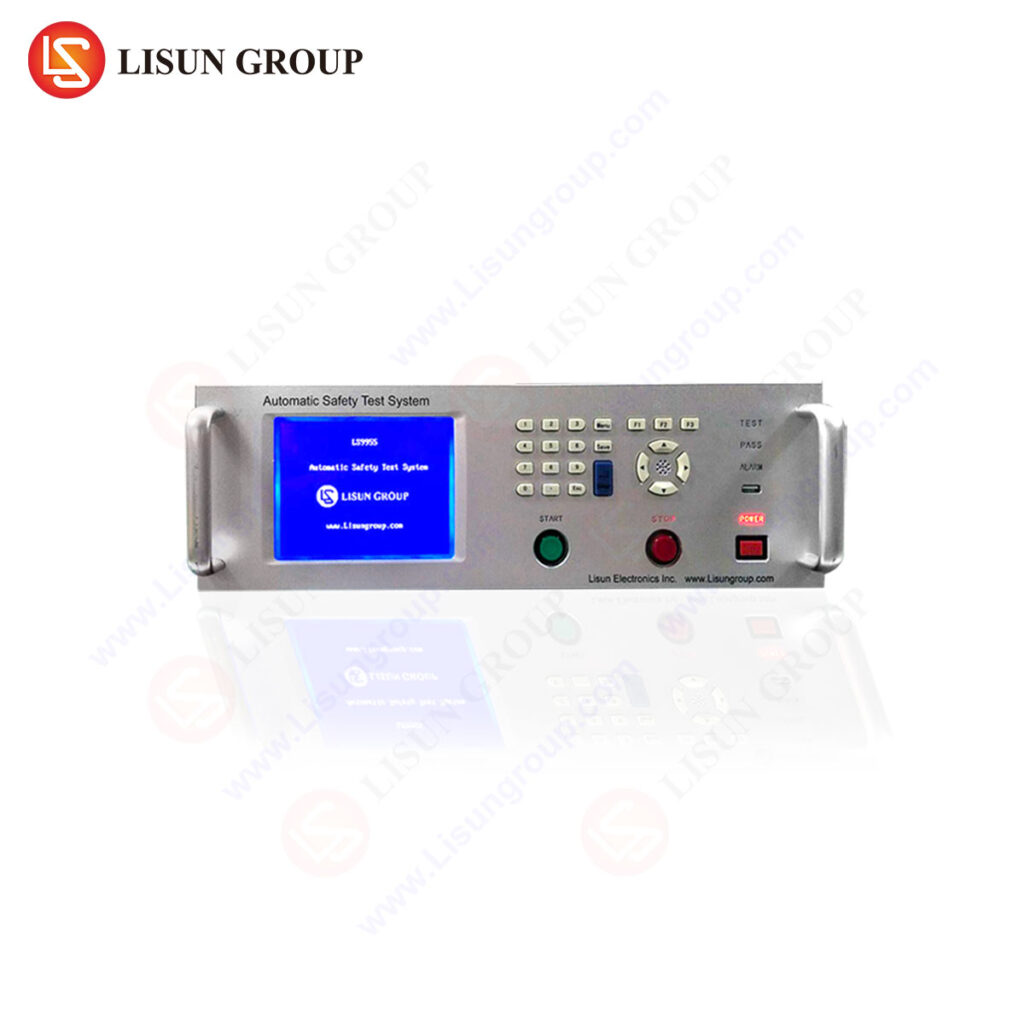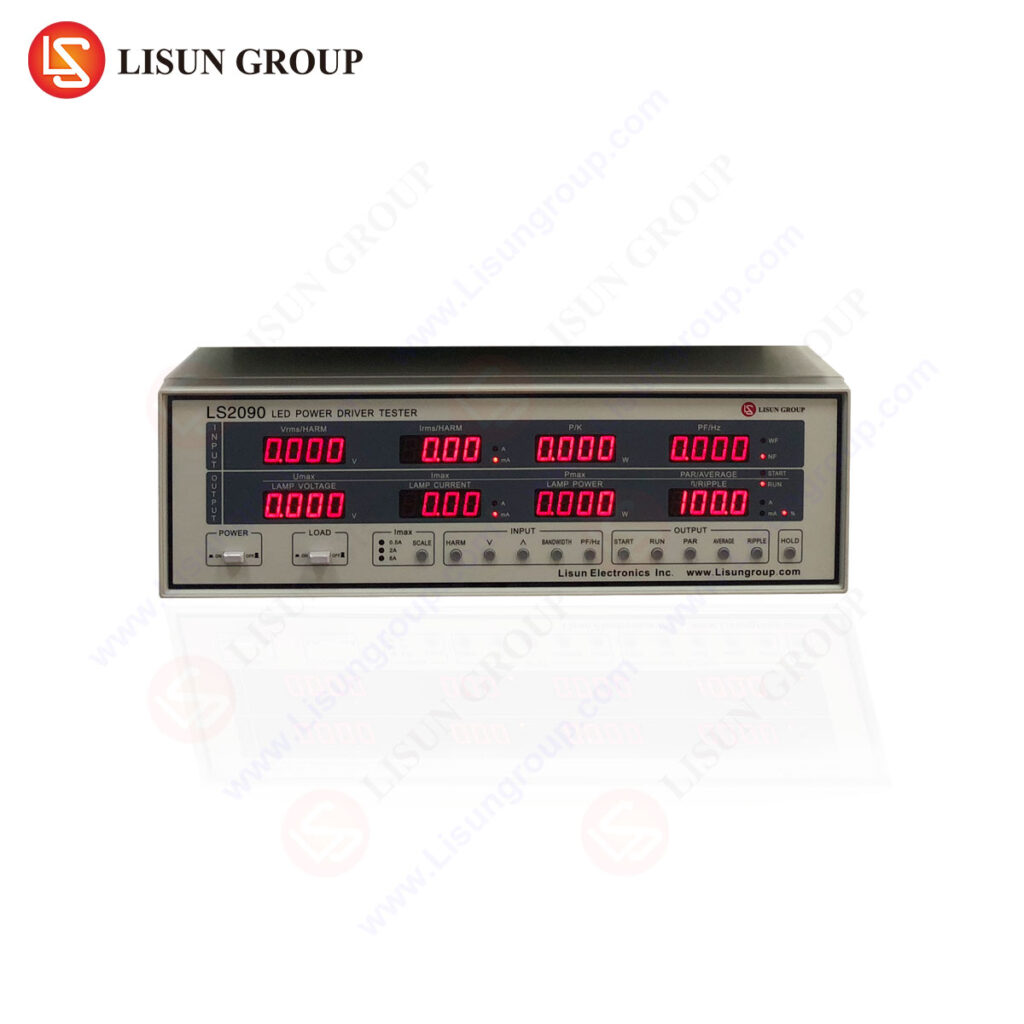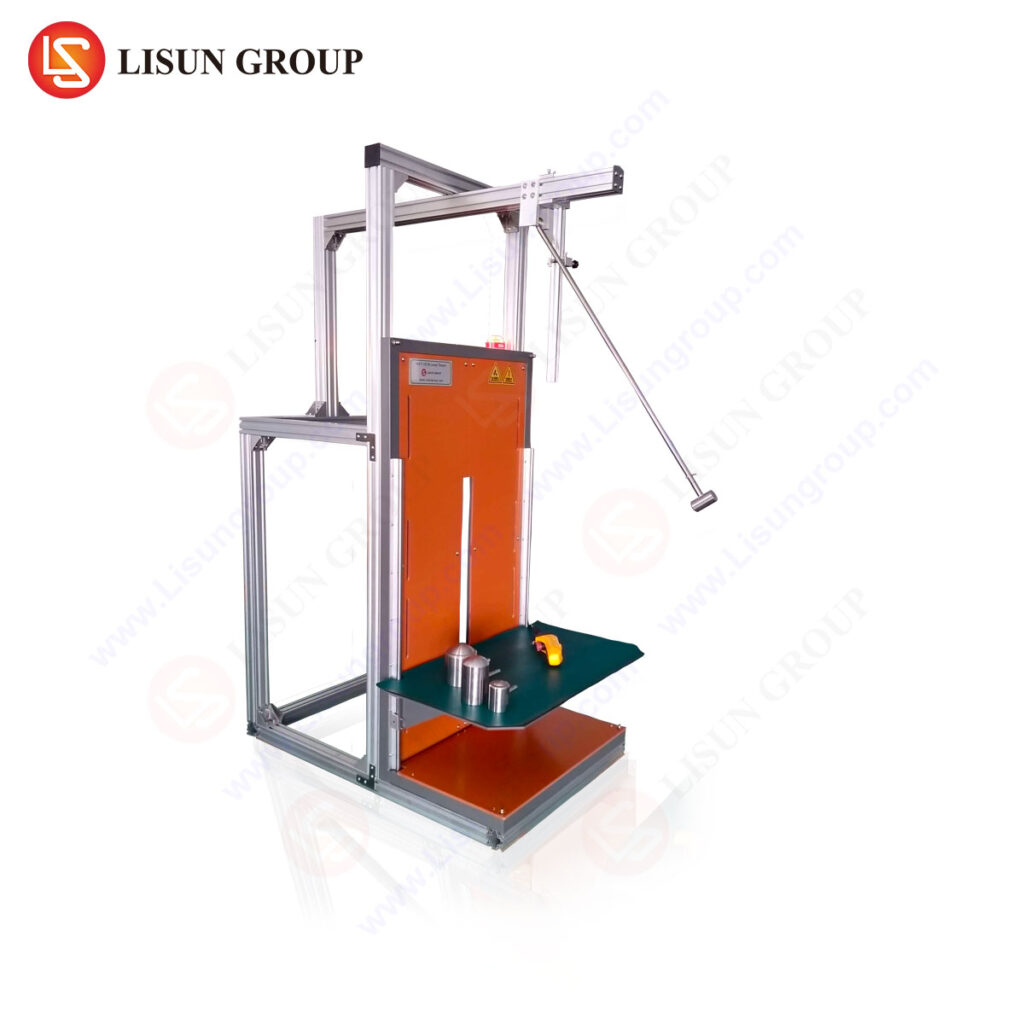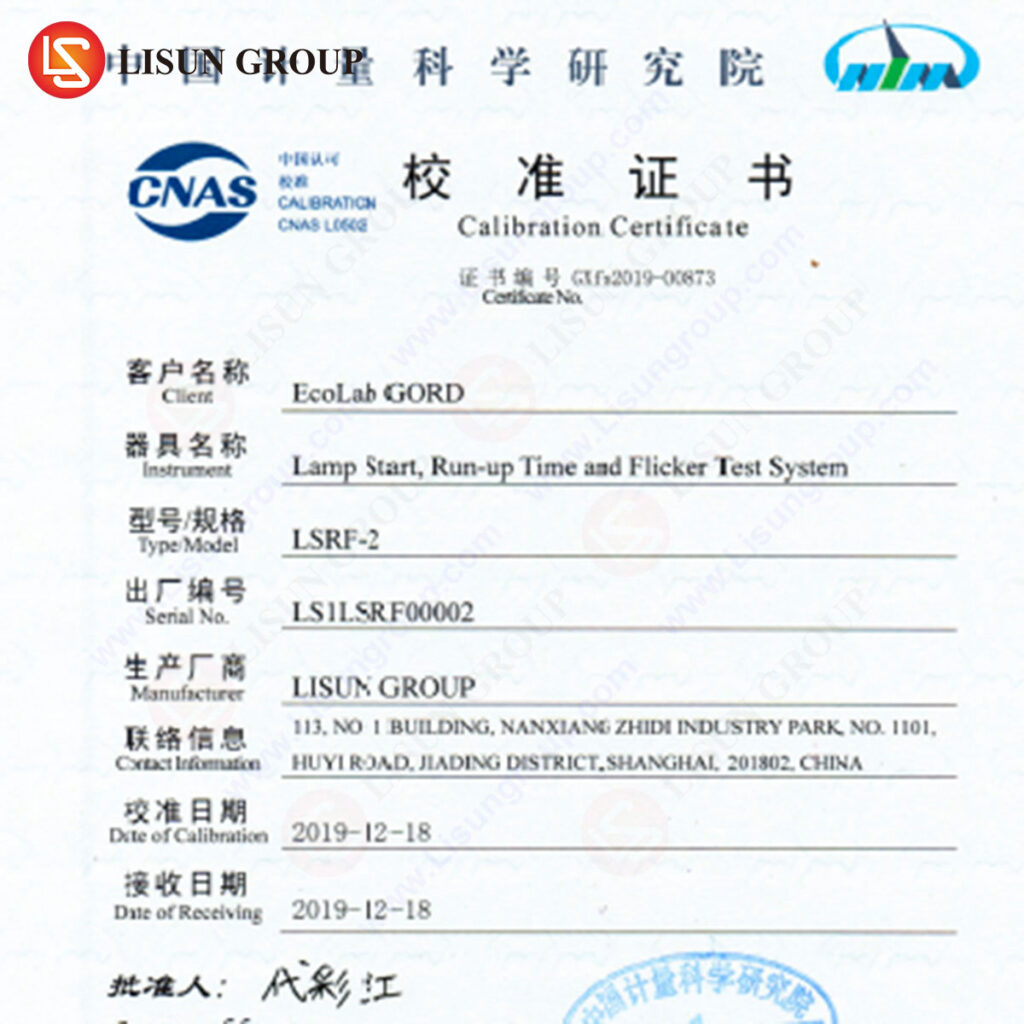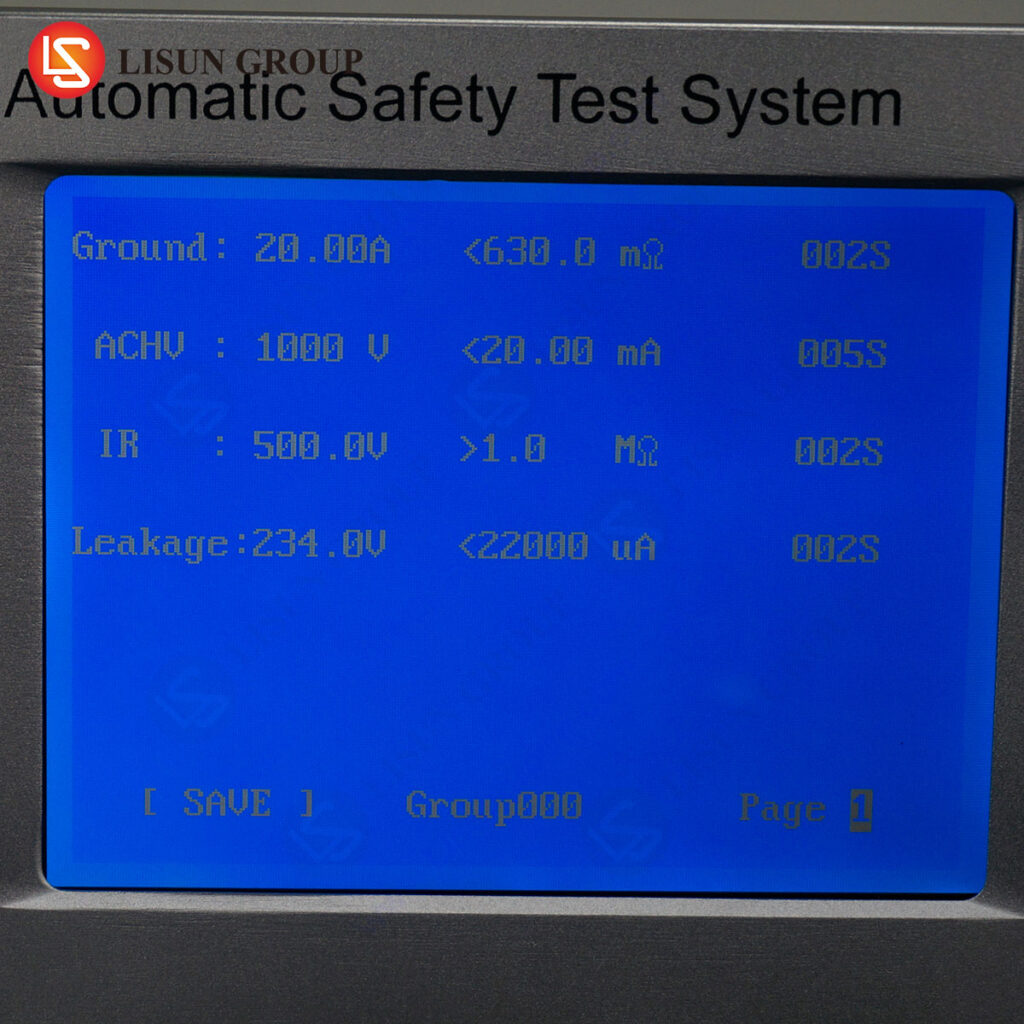Introduction to Measuring Blue Light Hazard with LED Testing
LED lighting has become increasingly popular in recent years due to its energy efficiency and long lifespan. However, LED lighting can also emit high levels of blue light, which can be hazardous to human health. To ensure that LED lighting is safe for use, it is important to measure the blue light hazard with LED testing. This article will discuss the importance of LED testing, the different types of tests available, and the benefits of LED testing.
What is LED Testing?
LED testing is the process of measuring the amount of blue light emitted from LED lighting. This is done by using a spectrometer to measure the wavelength of the light emitted from the LED. The spectrometer measures the amount of blue light in the visible spectrum, which is the range of light that humans can see. The results of the test are then used to determine the blue light hazard of the LED lighting.
Types of LED Testing
There are several different types of LED testing that can be used to measure the blue light hazard of LED lighting. The most common type of LED testing is the photometric test, which measures the amount of light emitted from the LED. This test is used to determine the amount of blue light emitted from the LED and the amount of light that is visible to the human eye.
Another type of LED testing is the spectrometric test, which measures the wavelength of the light emitted from the LED. This test is used to determine the amount of blue light in the visible spectrum. The results of this test are then used to determine the blue light hazard of the LED lighting.
Benefits of LED Testing
LED testing is important for ensuring that LED lighting is safe for use. By measuring the amount of blue light emitted from the LED, it is possible to determine the blue light hazard of the LED lighting. This can help to ensure that the LED lighting is safe for use in areas where people may be exposed to the light.
LED testing can also help to ensure that the LED lighting is energy efficient. By measuring the amount of light emitted from the LED, it is possible to determine the amount of energy that is being used to produce the light. This can help to ensure that the LED lighting is as energy efficient as possible.
FAQs
Q: What is LED testing?
A: LED testing is the process of measuring the amount of blue light emitted from LED lighting. This is done by using a spectrometer to measure the wavelength of the light emitted from the LED. The results of the test are then used to determine the blue light hazard of the LED lighting.
Q: What are the different types of LED testing?
A: The most common type of LED testing is the photometric test, which measures the amount of light emitted from the LED. Another type of LED testing is the spectrometric test, which measures the wavelength of the light emitted from the LED.
Q: What are the benefits of LED testing?
A: LED testing is important for ensuring that LED lighting is safe for use. LED testing can also help to ensure that the LED lighting is energy efficient.

